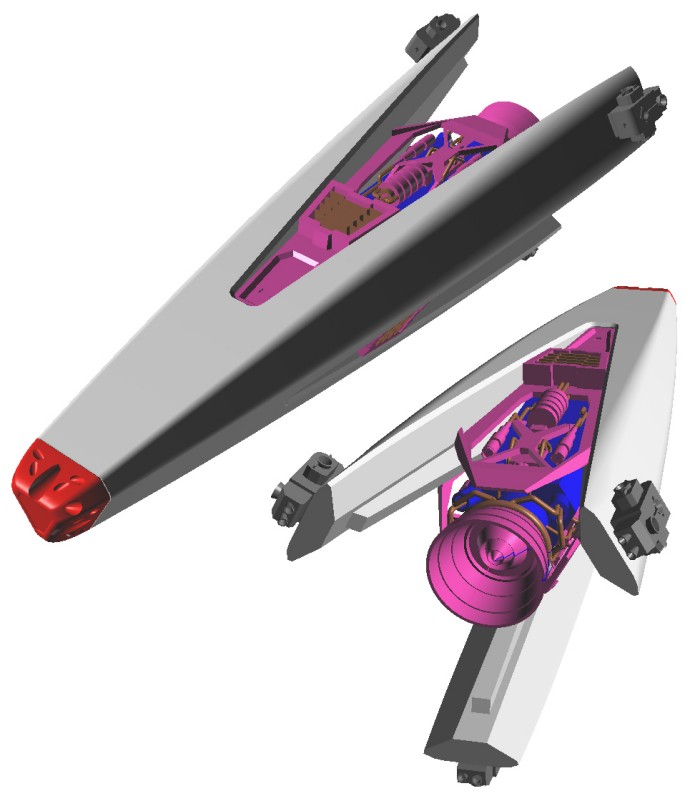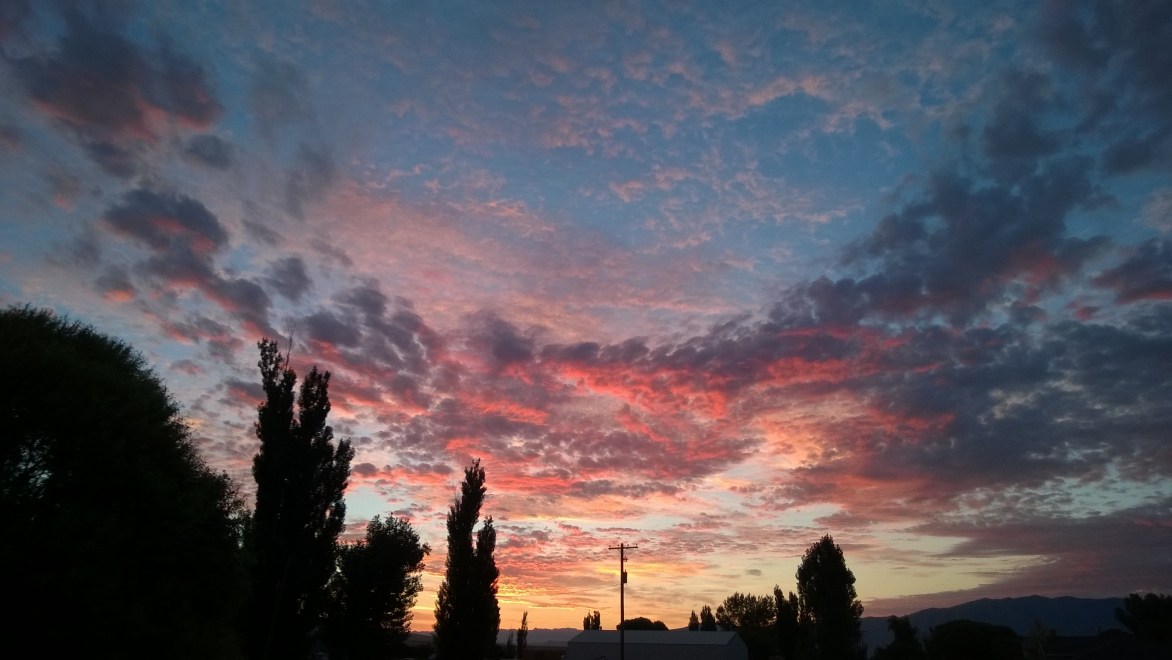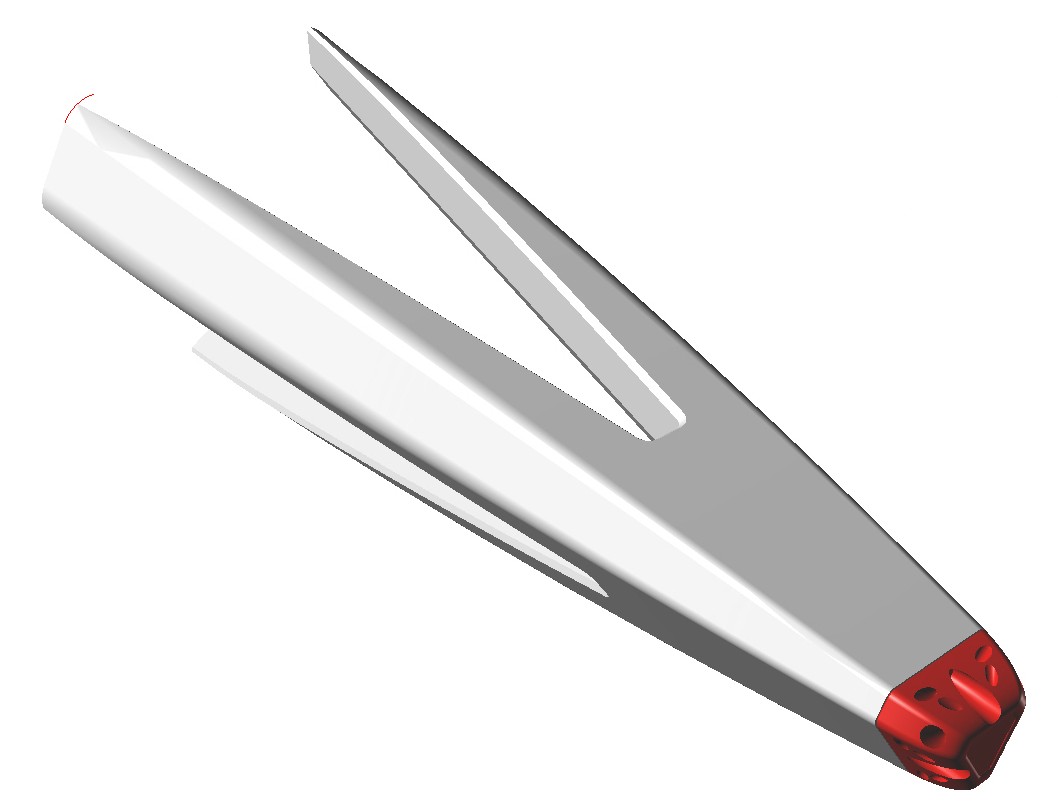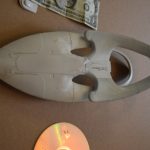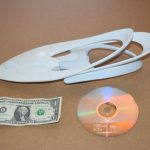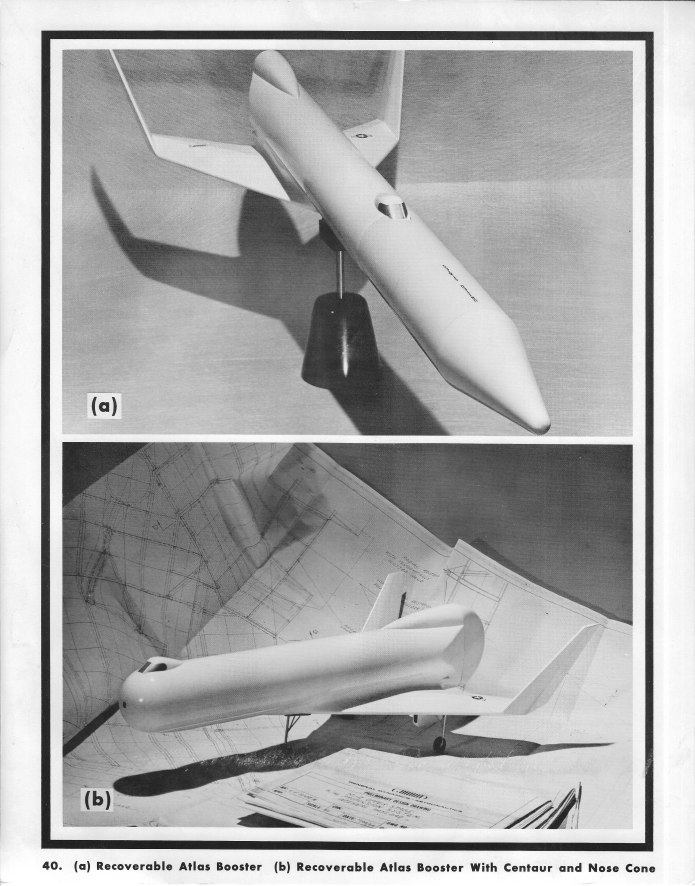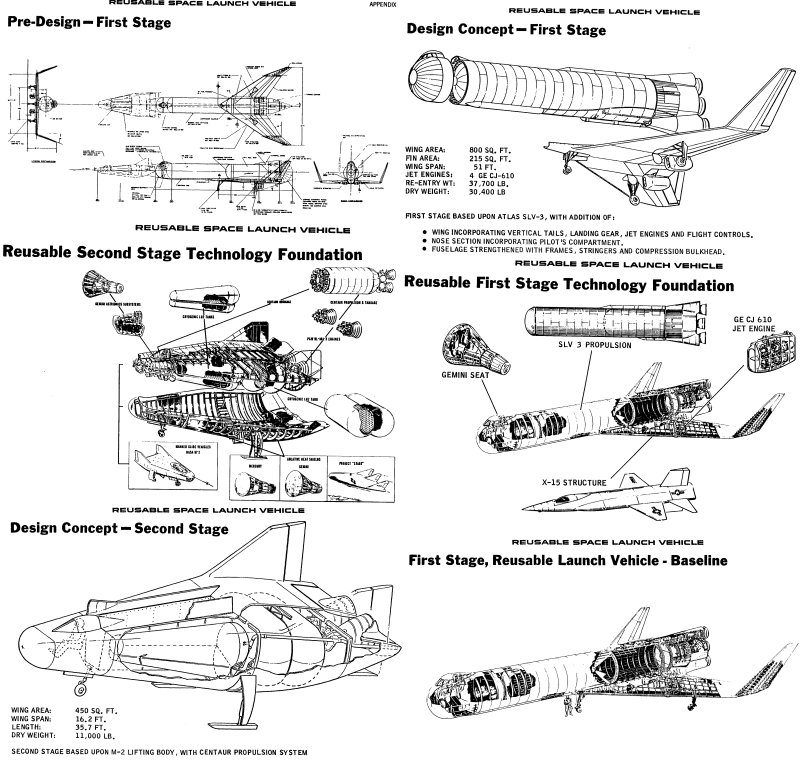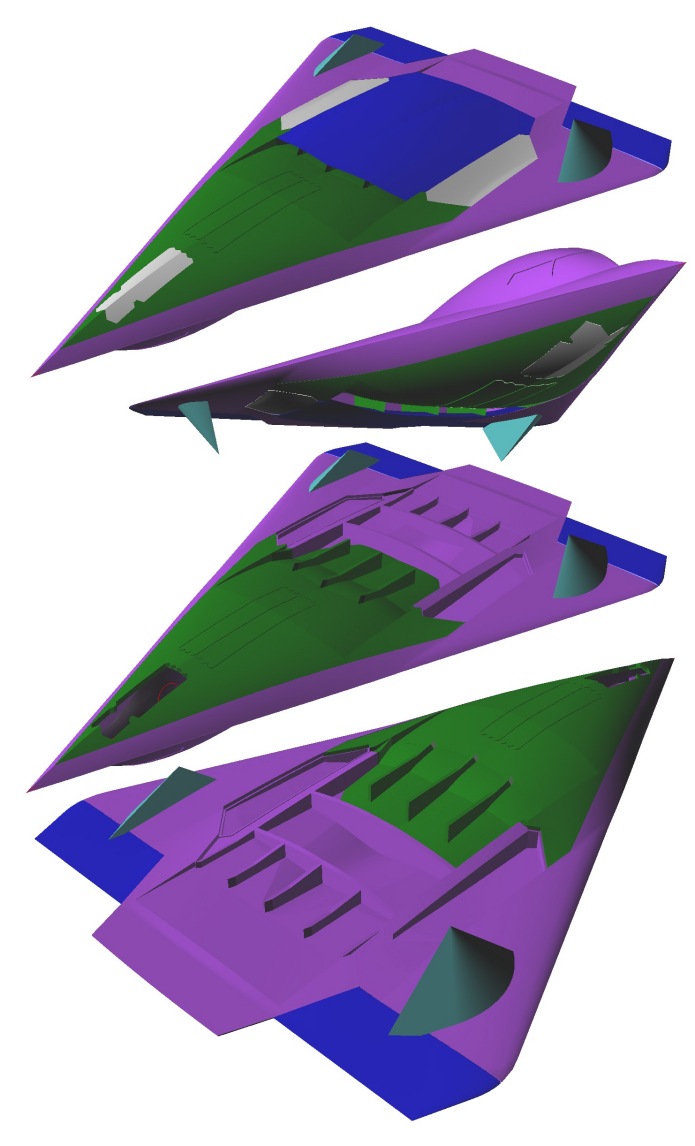So, this happened:

The “Haunebu II” is a purported late-war Nazi German design for a flying saucer. There are a *lot* of model kits out there for “Luftwaffe, 1946” designs… wacky or otherwise interesting unbuilt aircraft designs produced in Nazi Germany. I myself began my interest in unbuilt aircraft and spacecraft projects with Luft’46 designs… largely because in the late 1980’s, those were just about the *only* designs widely available for advanced unbuilt aircraft. That’s the thing: if you lose a war, you lose control over your secret designs, so all the German stuff was available. But American designs? We were able to keep them secret. In the decades since, interest in non-Nazi unbuilt projects has of course exploded, so now publications loaded with American “secret projects” are readily at hand.
But there’s the problem: Haunebu II is bullcrap. This and other “Nazi flying saucers” are pure post-war fictions without scrap of evidentiary basis. Instead, they are simply cash-grabs by people wanting a piece of that UFO-nutburger market, combined with a dollop of neo-Nazi fantasizing. Most of these designs didn’t exist in any form until the 80’s or so.
At one level, for this model that’s ok. People have been making model kits of science fiction subjects for generations. The problem here is that apparently Revells packaging and information on the instructions did not point out that this was an unbuilt design, did not point out that it’s a post-war fiction… apparently it said that this thing actually not only flew, it flew into space. It said that the Nazis were the first into space thanks to this thing.
Gah.
As someone interested in accurate history, that sort of thing is grating, to say the least. I would have demanded that Revell revise the info. But the problem for Revell is that they are a *German* company, and in Germany it’s verbotten to glorify the Nazis (I’m unaware if it is equally illegal to glorify the Soviets…). So it seems that Revell has yanked this kit from the market, possibly for good. On the one hand… meh. Until this news hit, I was unaware that Revell was making this kit, and I would not have been interested in it anyway. On the other hand, yay for getting rid of false history. On the gripping hand, boo for censorship.
As an exercise, google “haunebu.” You’ll find a *lot* of references. Many of these will be news items about this model getting yanked. Others will be reviews and online sales for similar models produced by other manufactures. And there’ll be a *lot* of hits for sites describing the Haunebu series as real designs; of then these sites add a whole lot of additional supernatural/magical woo on top. But in all that, *try* to find sites that point out that these things are BS. Facts and the truth are buried under mountains of nonsense and outright lies, to the point that a lot of people actually believe that the Nazis had these damned flying saucers.
